NOBLEBORO — Ned Steinberger designed electric guitars for Sting, Peter Gabriel and Eddie Van Halen.
More recently, he has designed electric violins, a viola and cello for clients closer to home.
In a risky move that might rankle traditionalists, the midcoast-based DaPonte String Quartet began incorporating the odd-looking electric instruments into its performances this year. For its holiday concerts this week in Winter Harbor, Boothbay Harbor and Newcastle, the classical music ensemble performs on the Steinberger originals exclusively.
For Steinberger, the son of a Nobel Prize-winner in physics, the bowed instruments represent his latest effort to advance stringed-instrument technology. He’s not a musician himself and claims to be “pretty slow” in the smarts department. But he enjoys solving problems to make things work better.
“I am all about what can I do with modern technology and modern materials to get to the next level,” Steinberger said in an interview at his workshop in Nobleboro.
A cabinet maker early in his life, his motivation in designing instruments was to improve ergonomics. He wanted to make guitars that were easier for musicians to hold and play and offered a wider scope of sounds.
He designs and builds prototypes in his Maine shop, which is filled with workbenches, drill presses, power tools, electronic components, computers and stacked wood. The instruments are built in the Czech Republic for NS Design, the company he founded after moving to Maine in the early 1990s.
At 66, Steinberger has been at this 40 years and made his name in rock ‘n’ roll for his design of a headless electric bass guitar. His previous company, Steinberger Sound Co., perfected a headless bass that became popular beginning in the 1980s, during the early years of modern music’s technology revolution.
Like the violins he makes now, the headless basses were funny looking things: A traditional guitar body, neck and fretboard, but without the headstock and tuning pegs. His goal was to create a better-balanced bass, instead of the neck-heavy traditional instrument.
He applied that same principle to six-string guitars, and it worked.
Big-name artists such as Sting, Gabriel and Van Halen, have used them. Steinberger and a trio of business partners sold the company to Gibson guitars in 1987.
A few years later, Steinberger fell in love with a woman from Maine, moved here from New York and launched the new company in Nobleboro.
He began working on the latest version of his electric violin about a decade ago at the suggestion of acoustic and bluegrass fiddle player Darol Anger, who lived in Maine at the time. Anger wanted a better-balanced fiddle.
Steinberger got to work, well aware it would be harder sell than a headless bass or guitar. Technological advances in rock ‘n’ roll are one thing. But acoustic music of any kind – bluegrass, country, classical – is deeply tied to tradition.
Especially among violinists who hold makers like Stradivarius in high esteem, vintage violins are coveted, cherished and celebrated. He knew he would meet resistance if he changed the look of the violin too much, never mind the sound. With that in mind, he tried to make his electric violin with the traditional scroll and tuning pegs.
“When you take the end of an instrument and chop it off, you have a problem with the public,” he said. “The public goes, ‘What? No!’ Especially the violin public.”
But he couldn’t do it. He could not find a way to improve the balance of the violin that included the scroll and tuning pegs, so he shifted course and deigned one without them.
It looks futuristic: an angular, oblong maple body that houses the electric components and a neck that ends abruptly. The strings are secured with a patented, self-clamping tuner. Musicians tune the instrument with tuning arms near the base of the body. Knobs on the side adjust volume and tone. The chin rest extends beyond the base, instead of resting on top. It uses regular strings and is played with a regular bow, and plugs in to any amplifier.
It weighs 700 grams, which is 150 grams heavier than a conventional violin. He continues to refine the design to reduce the weight.
His goal is to replicate the response of an acoustic instrument while expanding its sonic versatility.
Previous attempts by others to build electric instruments failed, he said, because they “fell victim to the idea that an electric instrument should sound like its acoustic predecessor.”
He wants his to sound different.
The DaPonte has been experimenting with the instruments since a patron purchased two violins, a viola and cello from NS Design.
Playing these instruments poses challenges, cellist Myles Jordan said, because the limits associated with conventional acoustic instruments “just don’t exist.”
“There’s always something you can do to create what you want with an electric instrument. It’s a pretty steep learning curve,” Jordan said. “It’s a completely different lexicon of flexibilities. When you are dealing with signal processors and electronic volume knobs, you are talking about a completely different means of producing sound and a completely different set of choices that are possible. This definitely puts us outside our comfort zone.”
The quartet performed on the Steinberger instruments in concert for the first time earlier this year, and is playing a trio of holiday concerts with the instruments this week. Among the pieces on the holiday program is Aaron Copland’s “Fanfare for the Common Man,” which was written for symphony and features brass and percussion. The DaPonte is able to replicate the range of orchestral sounds with the electric instruments.
For Giovanni Gabrieli’s “Three Canzones,” the quartet can mimic the sound of music bouncing off the walls as if in an old-world cathedral, where the music was intended to be performed. The effect is achieved via a digital delay, violinist Ferdinand Liva said.
“You can hear the echo from the other side of the room, and it’s pretty considerable,” he said. “Because it’s baroque music, I hope people get a sense of history from the sound that we are creating. If you shut your eyes, you could be there in some great big European cathedral. It’s pretty cool.”
‘IF YOU DON’T LIVE DANGEROUSLY’
There’s no doubt that purists object to these effects, Liva acknowledged. He understands, but isn’t worried. “Even in our own conversations, we asked, ‘Should we really do this? Are we breaking some sort of rule here?’ We said, ‘Too bad, we are going to do it.’ ”
Added Jordan, “It’s a bit of a gamble when we play these things. But if you don’t live dangerously, where are you?”
Steinberger experienced resistance to his electric violin early on, just as he met doubters when he introduced his guitars to the rock world.
That resistance is lessening. NS Design sells instruments to musicians who perform on violin and cello in rock and experimental bands, as well as some country acts “and classical players who want to have some fun and do something different.”
He thinks the classical market is ripe.
As the core classical audience ages, musicians and ensembles like the DaPonte are trying to reach new people without turning to gimmicks. NS Design violins, violas and cellos are not gimmicky, Jordan said. They’re just different kinds of instruments that allow the group to play a wider range of music.
The DaPonte debuted the electric instruments when it performed the George Crumb composition “Black Angels.” A visionary composer, Crumb wrote it in 1970 with the idea that musicians would perform with electric instruments. That was easier said than done, because innovative electric instruments didn’t exist.
The DaPonte members visited with Crumb at his home in Pennsylvania earlier this year. They were in the area for a concert and asked to see him to discuss “Black Angels.” Jordan said Crumb told the group he was thinking about revising the score, because in the more than 40 years since he wrote it he had yet to hear an instrument capable of achieving the sound he heard in his head.
The DaPonte is going to send him a recording of its performance in hopes that he changes his mind in light of Steinberger’s innovations. “Technology is always changing,” Jordan said. “It just means he has not seen an instrument so far that reflects what he is trying to do. Maybe this one does.”
Among Steinberger’s biggest fans in Maine is Portland musician David Rowe. He is the son of the late Tom Rowe, who was a member of folk band Schooner Fare and who played a Steinberger bass.
Dave Rowe owns that instrument now, as well as several other Steinberger basses and guitars.
If not for his dad’s bass, Rowe said he probably would not be a musician.
“It just looked like it was so much fun to play,” Rowe said. “Just the way my dad was able to hold it and move with it, it didn’t look so stodgy to me. It looked like a lot of fun to play and hold on to.”
He always gets a reaction when he plays a Steinberger at his regular Wednesday night gig at Bull Feeney’s. Some people complain about how it looks. Others think it looks cool.
“But everybody is curious,” he said.
Send questions/comments to the editors.


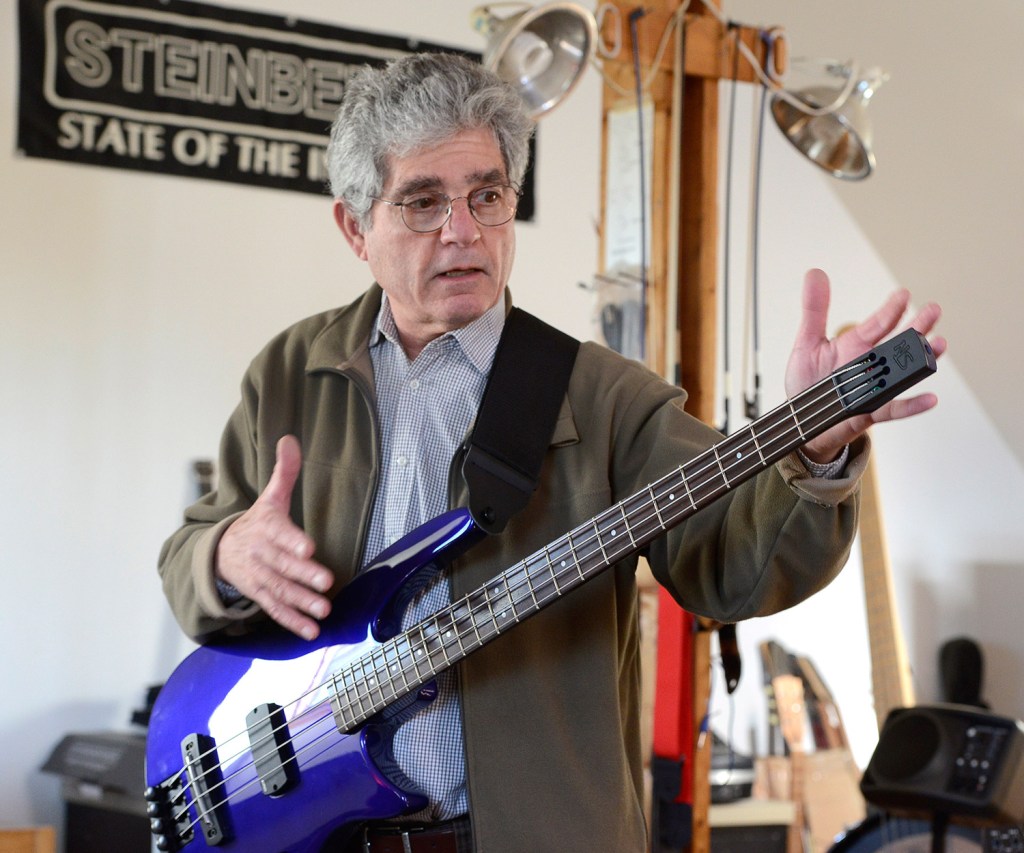
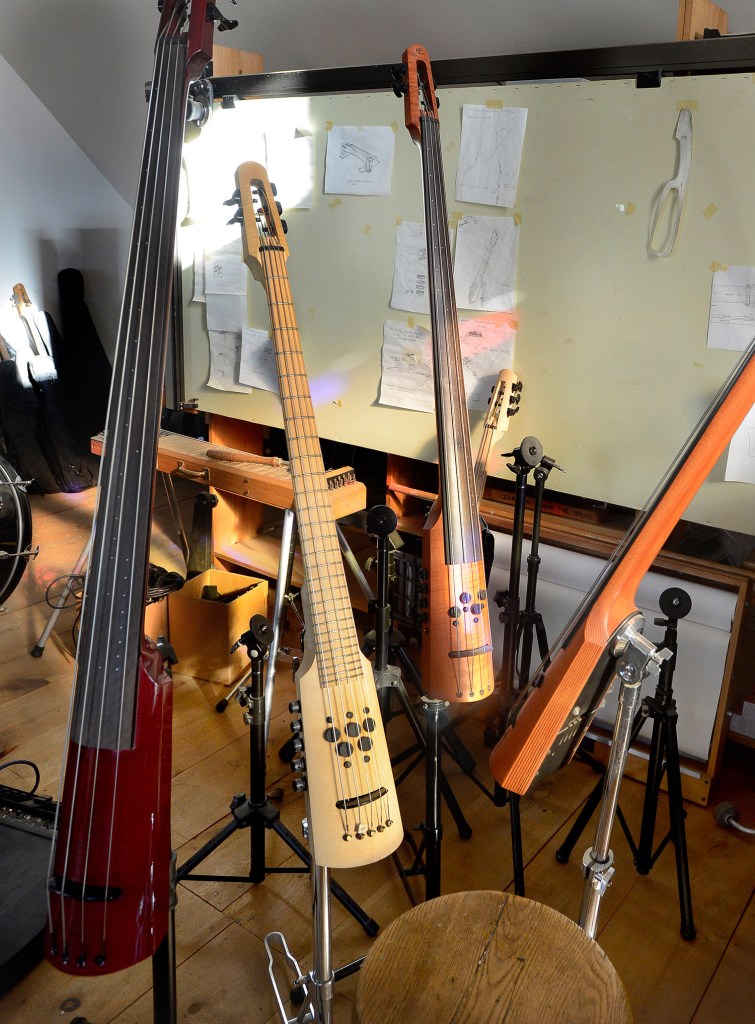
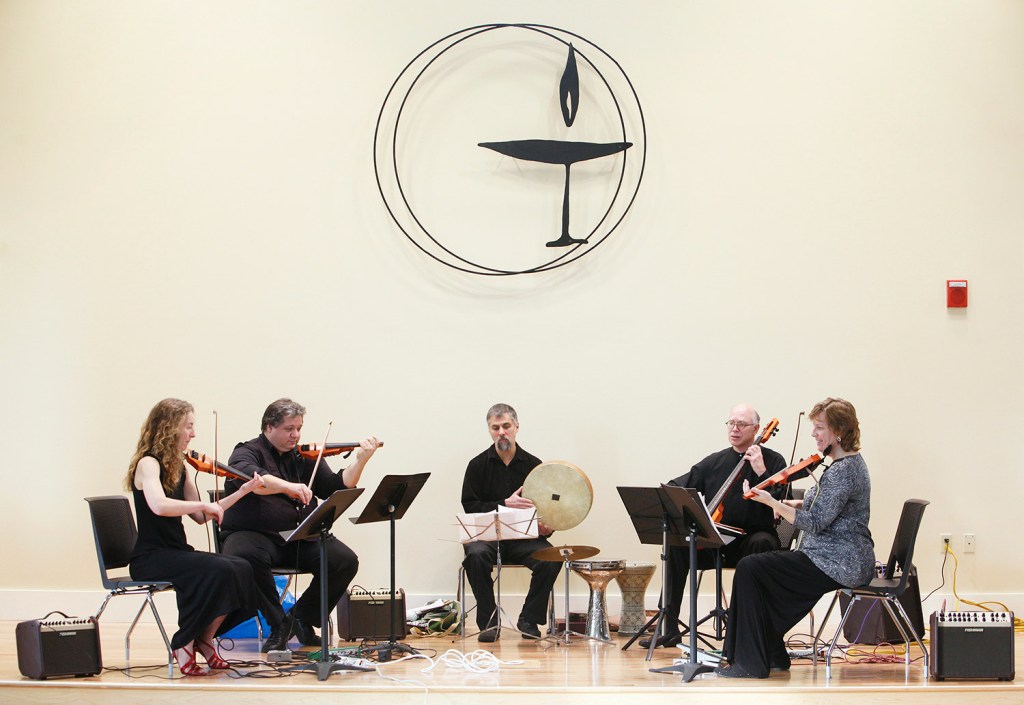
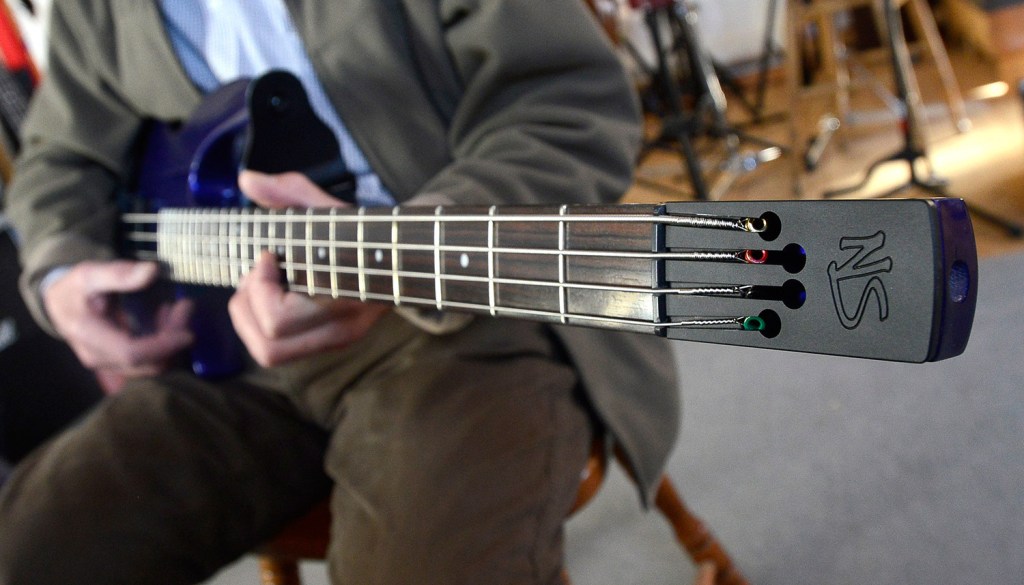
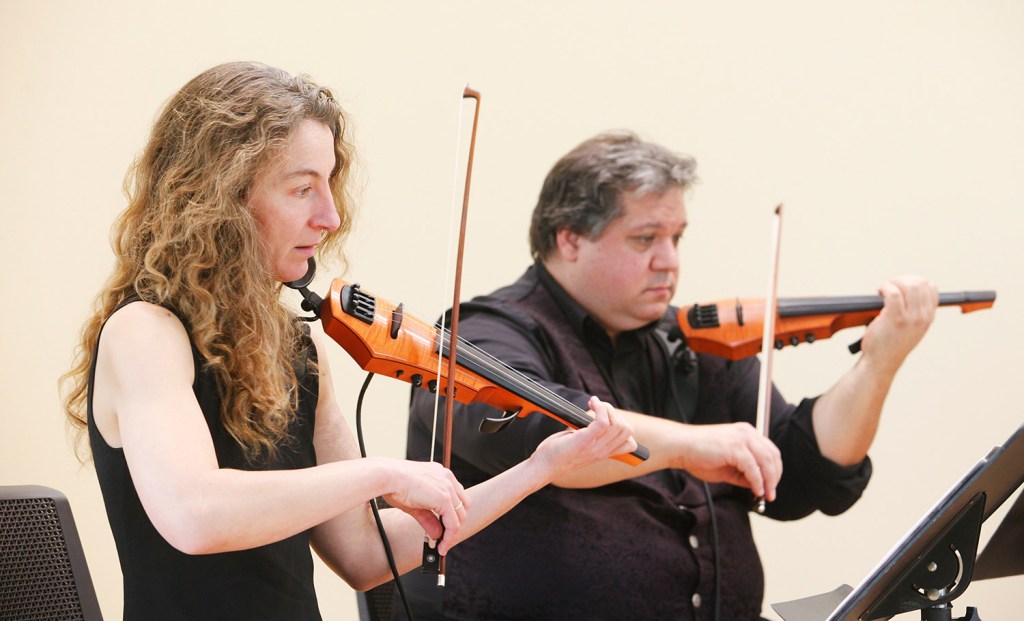
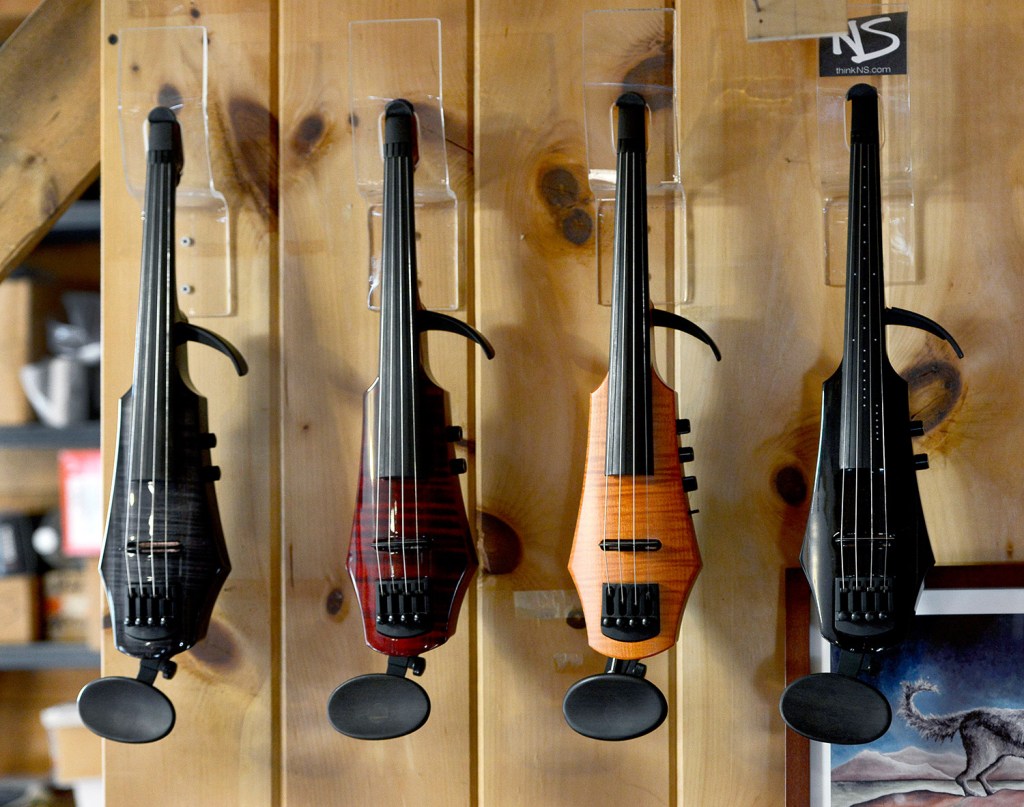
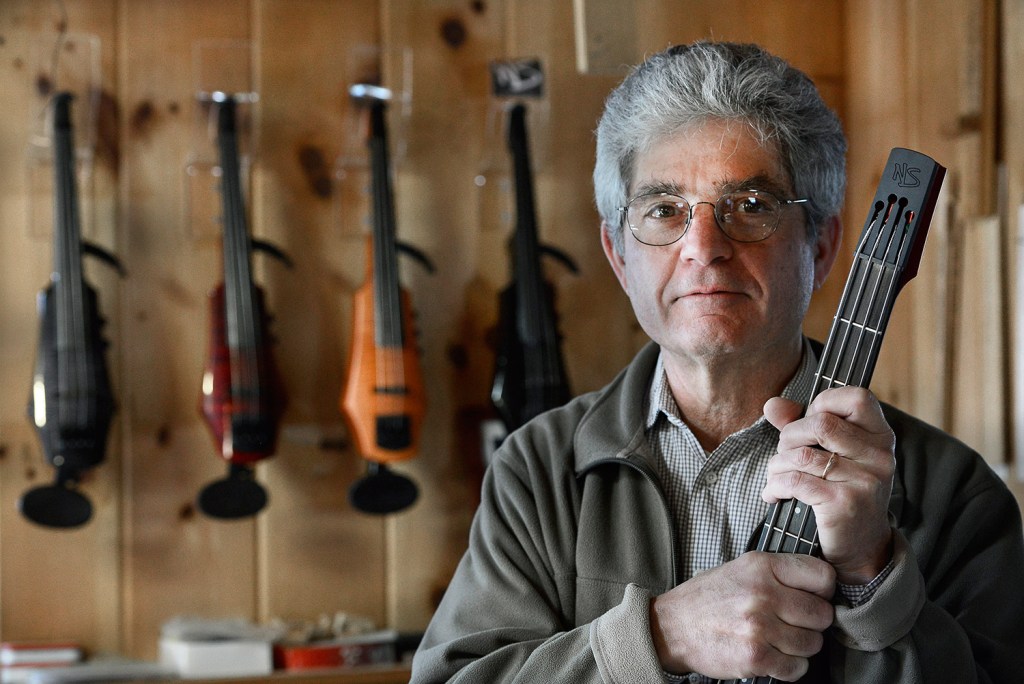
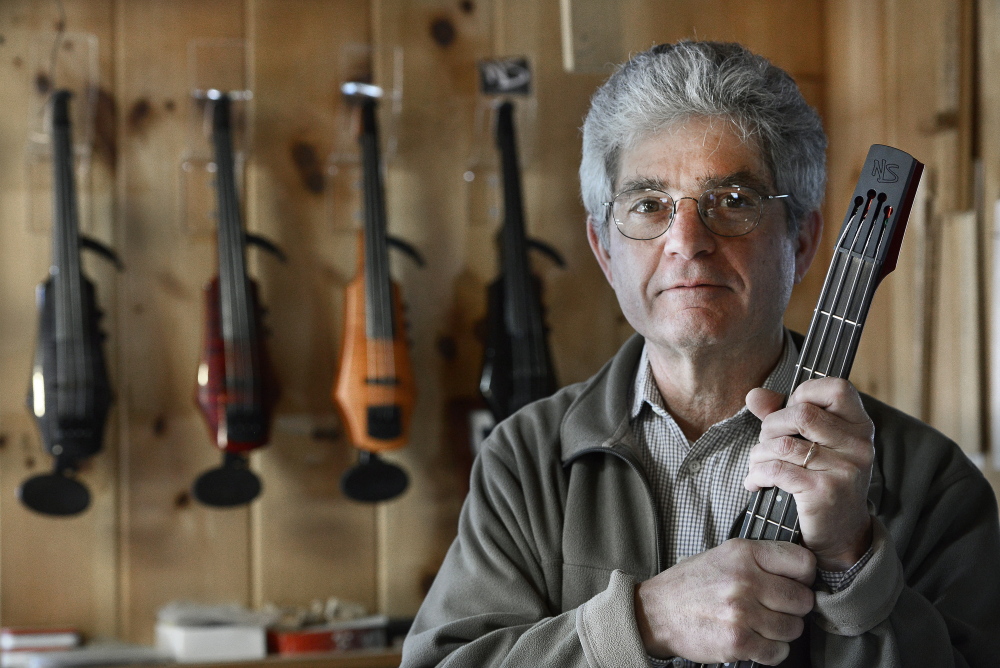

Comments are no longer available on this story